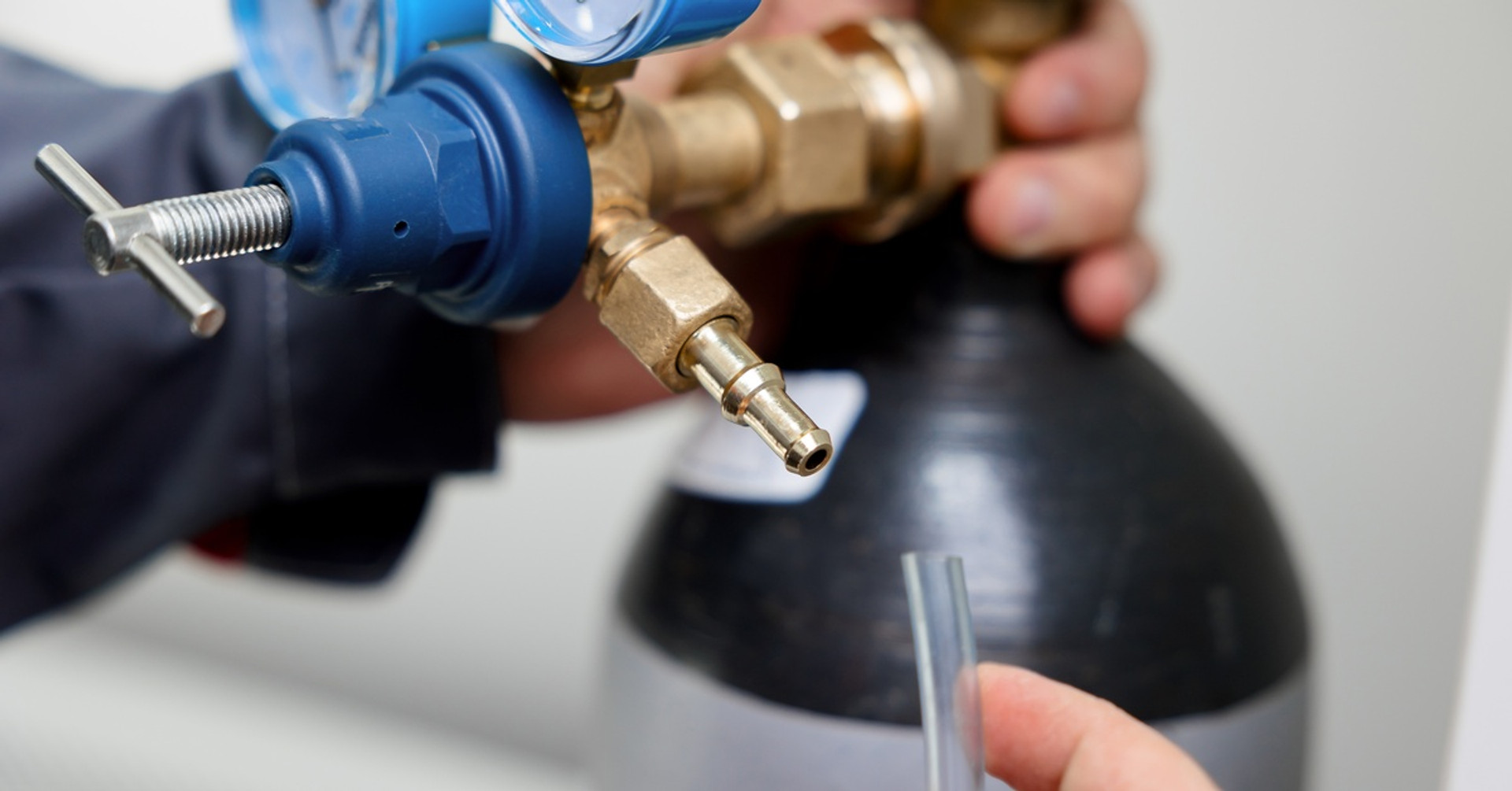Choosing the Right Calibration Gas for Your Analyzer
Selecting the proper calibration gas represents a critical decision that directly impacts analyzer accuracy, measurement reliability, and overall analytical performance. Calibration gases serve as reference standards that validate instrument responses and maintain measurement traceability to national standards. The wrong choice can compromise data integrity, lead to costly recalibration cycles, and potentially result in regulatory compliance issues. Use these tips to help you choose the right calibration gas for your analyzer.
Understand Your Analyzer’s Requirements
Modern analytical instruments require specific gas compositions to achieve optimal performance. Each analyzer operates within defined concentration ranges, temperature specifications, and pressure parameters that dictate calibration gas selection. Gas chromatographs typically require high-purity carrier gases and precisely prepared standard mixtures, while infrared analyzers need calibration standards that match their optical path lengths and detection wavelengths. Process analyzers demand stability across extended measurement ranges and environmental conditions. Manufacturers provide detailed specifications outlining acceptable concentration uncertainties, matrix gas requirements, and stability criteria.
Consider the Application
Different analytical applications impose unique demands on calibration gas selection. Industrial hygiene monitoring requires calibration standards that match workplace exposure levels and regulatory reporting requirements. Environmental monitoring applications need gases that reflect ambient concentrations and seasonal variations. Laboratory instruments used for research and development demand the highest accuracy standards and may require multiple calibration points across wide concentration ranges. Process control applications prioritize stability and repeatability over extended periods. Each application category also involves specific matrix effects, interference considerations, and measurement uncertainty requirements that influence gas selection decisions.
NIST Specifications
National Institute of Standards and Technology (NIST) traceability forms the cornerstone of reliable calibration gas programs. NIST-traceable calibration gases undergo rigorous preparation procedures that include gravimetric weighing, analytical verification, and uncertainty calculations. These standards provide documented traceability chains that connect analytical measurements to fundamental physical constants. NIST compliance requires detailed analytical certificates that specify concentration values, measurement uncertainties, and validation procedures. Organizations operating under ISO 17025 accreditation or regulatory oversight must demonstrate NIST traceability for their calibration standards to maintain compliance status.
Disposable vs. Refillable Cylinders
Volume requirements and operational preferences determine whether disposable calibration gas cylinders or refillable options provide the most practical solution. Disposable cylinders offer convenience for low-volume applications, field measurements, and situations requiring multiple gas compositions simultaneously. These small, portable containers eliminate cylinder return logistics and reduce inventory management complexity. Refillable cylinders are cost-effective for high-volume applications, routine calibration programs, and situations that require large gas quantities. Full-size refillable cylinders provide extended service life and lower per-unit costs but require cylinder tracking, return scheduling, and storage space allocation.
Custom Calibration Gases
Specialized applications often require custom calibration gas mixtures that address unique analytical challenges. Multi-component standards simulate complex sample matrices encountered in environmental monitoring, industrial process control, and research applications. Custom blends accommodate specific concentration ratios, unusual gas combinations, and non-standard balance gas requirements. These specialized mixtures require detailed consultation with gas manufacturers to address stability, compatibility, and analytical verification. Custom calibration gases typically involve longer lead times and higher costs but provide essential capabilities for challenging analytical requirements.
Manufacturing and QC Process
Calibration gas manufacturing involves sophisticated procedures that begin with component compatibility analysis and cylinder selection. Advanced cylinder treatment processes remove contaminants and create inert surfaces that prevent gas adsorption and decomposition. Computer modeling predicts gas-phase behavior and optimizes blending strategies for complex mixtures. Raw material analysis verifies component purity and identifies potential interference sources. Precise blending techniques achieve target concentrations within specified uncertainty limits while maintaining long-term stability.
Analytical Techniques
Advanced analytical techniques provide the foundation for accurate calibration gas analysis and verification. Gas chromatography separates complex mixtures and quantifies individual components with exceptional precision. Gas chromatography-mass spectrometry (GC-MS) combines separation power with molecular identification capabilities for definitive component analysis. Fourier transform infrared spectroscopy (FTIR) measures multiple components simultaneously while providing structural information. Process analyzers offer real-time monitoring capabilities that support continuous quality control throughout production cycles.
Selecting appropriate calibration gas requires careful consideration of analyzer specifications, application requirements, and quality standards. NIST-traceable standards manufactured through rigorous procedures and validated by advanced analytical techniques provide the foundation for reliable measurements. Whether choosing disposable calibration gas for portable applications or refillable cylinders for high-volume use, the investment in proper calibration standards pays dividends through improved data quality, regulatory compliance, and operational efficiency.

